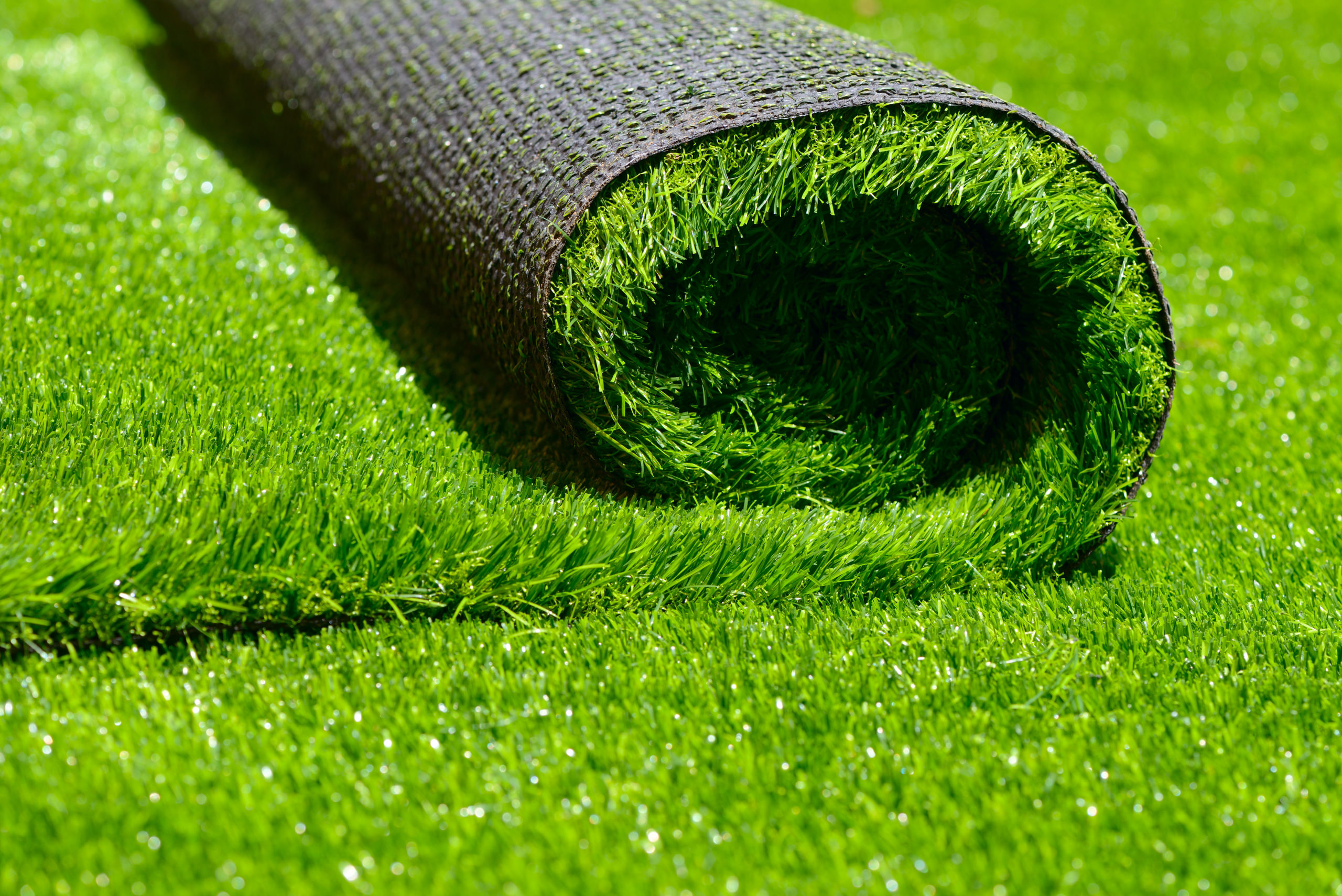Introduction
In today’s digital age, smart TV advertising has emerged as a powerful marketing tool, combining the reach and impact of traditional television with the precision targeting and interactivity of digital advertising. Smart TV advertising leverages the connectivity and advanced features of smart TVs to deliver personalized, engaging, and measurable ad experiences to viewers. In this article, we will explore the concept of smart TV advertising, its evolution, advantages, challenges, and future trends shaping the advertising landscape “imp source“.
Understanding Smart TV Advertising
Definition and Components of Smart TV Advertising
Smart TV advertising refers to the integration of traditional television advertising with digital technology, enabling advertisers to deliver targeted, interactive, and measurable ads to viewers through smart TV platforms. Key components of smart TV advertising include:
- Integration of Traditional TV with Digital Technology: Smart TVs combine the broadcast capabilities of traditional television with internet connectivity, allowing viewers to access streaming services, on-demand content, and interactive features.
- Utilization of Targeted Advertising Techniques: Smart TV advertising utilizes data-driven targeting techniques to deliver ads to specific audience segments based on demographics, interests, and behavior.
- Incorporation of Interactive Features and Content: Smart TV ads often include interactive elements such as clickable overlays, shoppable ads, and interactive games, allowing viewers to engage with brands and content in real-time.
Evolution of Smart TV Advertising
The landscape of smart TV advertising has evolved significantly in recent years, driven by advancements in technology and changes in consumer viewing habits:
- Rise of Connected TVs and Streaming Services: The proliferation of connected TVs and streaming services has transformed the way consumers access and consume television content, creating new opportunities for targeted advertising.
- Transition from Linear to Addressable Advertising: Smart TV platforms enable advertisers to deliver addressable ads to individual households or audience segments, replacing traditional linear advertising with more personalized and relevant ad experiences.
- Emergence of Programmatic Advertising Platforms: Programmatic advertising platforms allow advertisers to buy and sell ad inventory in real-time, using automated algorithms and data-driven targeting to optimize ad placements and maximize campaign performance.
Key Players and Platforms in Smart TV Advertising
Several key players and platforms play a significant role in the smart TV advertising ecosystem:
- Leading Smart TV Manufacturers and Operating Systems: Companies such as Samsung, LG, Sony, and Roku dominate the smart TV market, offering built-in advertising capabilities and access to ad-supported content.
- Major Streaming Services and Content Providers: Streaming platforms like Netflix, Hulu, Amazon Prime Video, and Disney+ provide opportunities for advertisers to reach a large and engaged audience through targeted ads and sponsorships.
- Advertising Networks and Agencies Specializing in Smart TV Ads: Ad networks and agencies help advertisers plan, execute, and measure smart TV ad campaigns, leveraging their expertise in audience targeting, creative development, and campaign optimization.
Advantages of Smart TV Advertising
Smart TV advertising offers several advantages over traditional TV advertising channels:
Targeted Reach and Audience Segmentation
- Precision Targeting Based on Demographics and Behavior: Smart TV platforms allow advertisers to target ads to specific audience segments based on demographics, interests, and viewing behavior, ensuring that ads reach the most relevant viewers.
- Customized Ad Campaigns for Specific Audience Segments: Advertisers can create customized ad campaigns tailored to the unique preferences and interests of different audience segments, maximizing the effectiveness of their marketing efforts.
- Measurement and Analysis of Campaign Effectiveness: Smart TV advertising platforms provide robust measurement and analytics tools that allow advertisers to track campaign performance in real-time, measure key metrics such as ad impressions, clicks, and conversions, and optimize campaigns for maximum ROI.
Enhanced Engagement and Interactivity
- Integration of Interactive Features such as Shoppable Ads: Smart TV ads can include interactive elements such as clickable overlays, shoppable ads, and interactive games, allowing viewers to engage with brands and content in real-time.
- Engagement Metrics such as Click-Through Rates and Conversion Rates: Smart TV advertising platforms provide detailed engagement metrics that allow advertisers to measure the effectiveness of their ads and optimize campaigns for higher click-through rates and conversion rates.
- Personalized Viewing Experience for Consumers: By delivering targeted ads and personalized recommendations, smart TV advertising platforms enhance the viewing experience for consumers, providing relevant content and offers based on their preferences and behavior.
Cost-Effectiveness and ROI
- Efficiency of Programmatic Ad Buying and Real-Time Bidding: Programmatic advertising platforms enable advertisers to buy ad inventory in real-time, using automated algorithms and data-driven targeting to optimize ad placements and maximize ROI.
- Optimization of Ad Spend Based on Performance Data: Smart TV advertising platforms provide advertisers with actionable insights and performance data that allow them to optimize ad spend, allocate budget to high-performing campaigns, and achieve better ROI.
- Higher ROI Compared to Traditional TV Advertising Channels: Studies have shown that smart TV advertising offers higher ROI compared to traditional TV advertising channels, thanks to its ability to deliver targeted, relevant ads to engaged viewers and measure campaign effectiveness in real-time.
Challenges and Considerations in Smart TV Advertising
Despite its many advantages, smart TV advertising also presents several challenges and considerations for advertisers:
Ad Fraud and Brand Safety Concerns
- Risks of Ad Fraud in Programmatic Advertising Ecosystem: The programmatic advertising ecosystem is susceptible to ad fraud, including invalid traffic, bot traffic, and ad stacking, which can undermine the effectiveness of smart TV ad campaigns.
- Measures to Ensure Brand Safety and Ad Transparency: Advertisers must take proactive measures to ensure brand safety and ad transparency, including working with reputable ad networks and platforms, monitoring ad placements, and implementing ad verification tools.
- Importance of Partnering with Trustworthy Ad Networks and Platforms: Advertisers should partner with trustworthy ad networks and platforms that adhere to industry best practices and standards, prioritize brand safety, and provide transparent reporting and measurement.
Privacy and Data Protection Regulations
- Compliance with GDPR, CCPA, and Other Data Privacy Laws: Smart TV advertisers must comply with data privacy laws and regulations, including the General Data Protection Regulation (GDPR) and the California Consumer Privacy Act (CCPA), which govern the collection, use, and processing of personal data.
- Transparency and Consent Management for Data Collection: Advertisers must be transparent about their data collection practices and obtain explicit consent from viewers for the use of their personal data for targeted advertising purposes.
- Ethical Use of Consumer Data for Targeted Advertising: Advertisers should adhere to ethical principles and guidelines when collecting and using consumer data for targeted advertising, respecting user privacy preferences and providing opt-out options for targeted ads.
Ad Blocking and Ad Avoidance Behavior
- Growth of Ad Blocking Software and Consumer Awareness: The growth of ad blocking software and consumer awareness about online privacy issues have led to an increase in ad avoidance behavior, posing challenges for smart TV advertisers.
- Strategies to Combat Ad Blocking and Improve Ad Relevance: Advertisers must implement strategies to combat ad blocking, such as improving ad relevance, reducing ad load, and experimenting with non-intrusive ad formats that align with viewer preferences.
- Focus on Non-Intrusive and Contextually Relevant Advertising Formats: Smart TV advertisers should focus on non-intrusive and contextually relevant advertising formats that enhance the viewing experience and provide value to viewers, rather than interrupting or disrupting their content consumption.
Future Trends and Innovations in Smart TV Advertising
The future of smart TV advertising is shaped by emerging technologies and evolving consumer behaviors:
Integration of Artificial Intelligence and Machine Learning
- AI-Powered Content Recommendations and Ad Targeting: Smart TV platforms are increasingly using artificial intelligence and machine learning algorithms to deliver personalized content recommendations and targeted ads to viewers, based on their viewing history and preferences.
- Predictive Analytics for Anticipating Viewer Behavior: Advertisers are leveraging predictive analytics to anticipate viewer behavior and tailor ad experiences to individual preferences, increasing engagement and ad effectiveness.
- Automated Ad Creative Optimization and Personalization: AI-driven tools enable advertisers to automatically optimize ad creatives and personalize ad experiences in real-time, based on viewer interactions and feedback.
Adoption of Immersive Technologies such as Augmented Reality
- Integration of AR Ads within Smart TV Content: Smart TV platforms are exploring the integration of augmented reality (AR) ads within TV content, allowing viewers to interact with brands and products in a virtual environment, enhancing brand experiences and engagement.
- Enhanced Brand Experiences and Product Demonstrations: AR ads enable advertisers to create immersive brand experiences and product demonstrations that engage viewers and drive conversion, providing a new level of interactivity and engagement.
- Opportunities for Interactive Gaming and Entertainment: Smart TV platforms are embracing interactive gaming and entertainment experiences that leverage AR technology, blurring the lines between traditional advertising and entertainment content, and offering new opportunities for brand integration and sponsorship.
Expansion of Addressable TV Advertising and Cross-Platform Integration
- Convergence of TV, Mobile, and Connected Devices: The convergence of TV, mobile, and connected devices is driving the expansion of addressable TV advertising, allowing advertisers to reach viewers across multiple platforms and devices with personalized ad experiences.
- Unified Measurement and Attribution Across Platforms: Advertisers are seeking unified measurement and attribution solutions that provide a holistic view of campaign performance across TV, mobile, and digital channels, enabling more accurate targeting and optimization.
- Seamless Integration of Ads Across Linear TV and OTT Channels: Smart TV platforms are working to seamlessly integrate ads across linear TV and over-the-top (OTT) channels, providing advertisers with more opportunities to reach viewers and deliver targeted ad experiences across the entire TV ecosystem.
Conclusion
In conclusion, smart TV advertising offers advertisers a powerful platform to reach and engage with audiences in a targeted, personalized, and measurable way. By leveraging the connectivity, interactivity, and data-driven targeting capabilities of smart TV platforms, advertisers can deliver relevant and engaging ad experiences that drive brand awareness, engagement, and conversion. However, smart TV advertising also presents challenges and considerations, including ad fraud, privacy regulations, and ad avoidance behavior, which require careful planning and execution. Looking ahead, the future of smart TV advertising is shaped by emerging technologies such as artificial intelligence, augmented reality, and addressable TV, which offer new opportunities for innovation and growth in the advertising industry. For businesses and advertisers, smart TV advertising represents a valuable opportunity to connect with consumers in the digital age and drive business results in an increasingly competitive marketplace.









